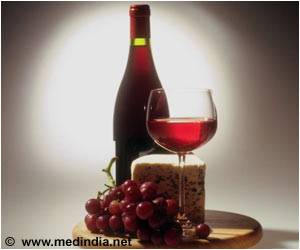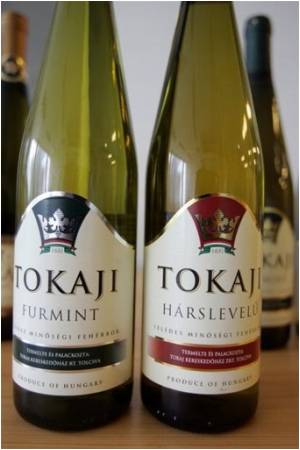Slovak wines make a mark among global competition and connoisseurs enjoy its unique aroma and taste.

A sip, a swish and a spit is a wine-tasting ritual at prestigious competitions the world over. This May, it was performed on a grand scale in Central Europe for the first time as Slovakia played host to top-ranked wine competition, the Concours Mondial de Bruxelles (CMB).
Of late, little-known Slovak wines have been outsparkling even their venerable French cousins.
"If Slovak wines were a woman they would look like Cameron Diaz -- very light, lively and they have a lot to give," French wine blogger Daniel Berger told AFP as he sampled Slovakia's best.
"French wines are more like the Mona Lisa, mature and timeless, but even conservative French wine lovers are slowly opening up to foreign tastes," he added.
While Slovak wines scored sixth place overall in the CMB, they tied with France based on the percentage of medals awarded, taking into account the number of wines submitted.
Advertisement
"It's a huge success which echoes previous successful appearances of Slovak wines at prestigious wine competitions," Slovak oenologist and jury member Edita Durcova said.
Advertisement
"When you think of Slovakia, you don't think of wine," CMB jury member Luiz Alberto from Brazil told AFP, pointing instead to the better-known Moravian wines of its larger neighbour, the Czech Republic -- a traditional beer country.
But Slovak winemakers beg to differ, insisting their homeland boasts a unique "terroir".
Borrowed from the French, the term describing soil quality refers to the unique set of characteristics determined by geography, geology and climate which give each wine its personality.
Vivacious Slovak wines get theirs from the country's varied terroir, which includes a small region of volcanic soil in its southeast, on the border with Hungary, known for its Tokaj, a sweet, golden dessert wine.
"Slovakia is a traditional wine producer even though it's one of the northernmost countries at the limit of economically sustainable viticulture," Edita Durcova told AFP.
Given its location and climate, Slovakia produces mostly white wine but also has a number of delicious reds.
At the Elesko vineyard in Modra, about 30 kilometres (18 miles) north of Bratislava, general manager Roman Milata clambers up a hillside covered in vines to inspect the first delicate green shoots of spring.
"While Slovakia may lack the sunshine essential for the ripening of red grape varieties, its climate suits white grapes perfectly, giving wines their attractive aromas and fresh fruitiness," he explains.
This modern winery, which also boasts an art gallery which is home to Europe's biggest private collection of Andy Warhol paintings, won one gold and one silver medal at this year's Concours Mondial de Bruxelles.
During nearly fifty years of Communism, vineyards were nationalised as the state-owned beverage industry focused on mass production of low-quality wines.
The fall of the totalitarian regime in 1989 opened the borders for exports, but domestic producers couldn't compete with inexpensive, good-quality foreign wines.
Today Slovakia produces 340,000 hectolitres (a unit equivalent to 100 litres) of wine annually.
But with the average Slovak amateur drinking 15 litres of wine per year, an extra 400,000 hectolitres of foreign wines are still imported to accomodate demand, according to the Slovak Union of Grape and Wine Producers.
Out of the 100,000 hectolitres in annual Slovak exports, 95 percent go to the Czech Republic and the rest to 30 other countries across the globe, including wine heavyweights France and Italy, Australia and South Africa.
"Slovak winemakers focus on the domestic market," Durcova told AFP.
"For them, exports is a matter of prestige as Slovak wines are not intended for the mass market abroad," she said, adding that some bottles do however end up in specialised stores or high-end restaurants abroad.
Source-AFP









